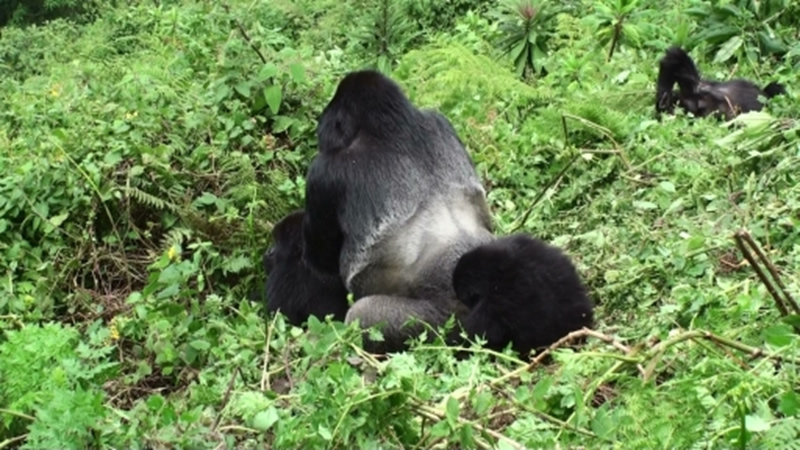
Facts About Mountain Gorillas
There is no adventurous experience in the world that out compete a magical encounter with the endangered mountain gorillas. In the whole world, the remaining mountain gorillas live in three countries that are Uganda, Rwanda and Democratic Republic of Congo. There are thoughts that about 1060 mountain gorillas are left in the world and Rwanda is known as the leading mountain gorilla tracking safari destination in the world.
The first European to encounter an endangered ape was called Oscar Von Beringe; he decided that something must be done to conserve the population of these splendid creatures that suffered for a longtime due to human activities like poaching, deforestation, and illnesses, and in 1925 he convinced the Belgian government to create Africa’s first protected area, Albert National park which is now volcanoes national park. The 1st scientific study of mountain gorillas in the Virunga volcanoes then undertaken by George Schaller in 1959.
However his work was sustained by Dian Fossey from 1967 to 1985. She became a prominent primatologist and a researcher who studied and habituated these giant apes to human standards for a period of over 18 years. However, she was later killed in December 1985 in her line of duty by the said poachers whom she had made unpopular especially in Volcanoes National Park of Rwanda.
Mountain gorillas are the largest of the great apes family with an adult male silverback which age from 12 and above weighing up to 470 pounds and reach six feet. They are the second close relative of man after chimpanzees, bonobos and orangutans and they share almost 97% of human genes.
Mountain gorillas are dissimilar from monkeys for a variety of reasons: they are larger than monkeys, they can walk upright for a longer period of time, don’t have tails and have more developed brains. They are distributed in four groups, the western lowland gorillas; these normally live in Cameroon, the Republic of Congo, eastern DRC, Equatorial Guinea, Nigeria, Gabon and the Central African Republic.
The Eastern lowland gorillas mainly live in the Eastern Democratic Republic of Congo (DRC), Uganda and Rwanda. Mountain gorillas can only be found in three countries that’s Uganda, Rwanda and DRC. In Uganda these apes are found in two parks that’s Bwindi Forest National Park and Mgahinga national park. In Rwanda, these giants live in volcanoes and in Democratic Republic of Congo they live in Virunga national park. The Cross River gorillas live in Cameroon, Gabon. The mountain gorillas are distinguished from lowlands relatives by their broader chest, longer hair, and a wider jaw. They also tend to be a bit larger than other gorillas. Mountain gorillas are the only habituated gorilla family in the world and they can be seen safely in their natural habitat without any harm caused to tourists.
Mountain gorillas look to be shy, but when in danger, they can be hostile. They beat their chests and let out angry grunts and roars. The male silverback group leaders charge in case of any danger ready to protect the group against any threat. Mothers always fight to death to protect their young ones. Rwanda mountain gorillas live in a group of 6-30 and over 10 habituated Rwanda gorilla families are recorded for tracking and each group is led by a male silverback. Other members in a group include several younger males, adults, juvenile females, and infants.
Mountain Gorilla Facts
Gestation period; Females always give birth at about 10 years and will have more descendants every 3 or 4 years and it produces a single young one. Twin cases are so rare in gorillas. A male gorilla begins to breed between 12 and 15 years, when he is in charge of his own group..
Diet; Gorillas are mainly vegetarians; they eat leaves, buds, shoots, tuber, stalks, fruits and ferns and sometimes aunts. These plants seem to provide sufficient moisture so that gorillas do not need water; they spend most of their day foraging for food
Life span: They live to up to 50 years while in the wild where as in captivity they may live less than 35 years.
Threats: Gorillas are threatened by human activities such as poaching for the bush meat and medicine; diseases like Ebola also kill many gorillas, wild animals like lion, leopards attack and kill them especially babes. They are also affected by climate changes especially those that live highlands like mountains.
There are 10 gorilla groups in Rwanda; these include the Susa, group 13, kwitonda, Amahoro, karisimbi, Sabyinyo, Agashya, Omubano,Hirwa among othersA maximum of 8 people are allowed to trek each gorilla family which means that a maximum of eighty people can track the primates in volcanoes national park per day. Rwanda gorilla permits costs usd$750 per person per tracking including park entry fee and a ranger guide.
Read More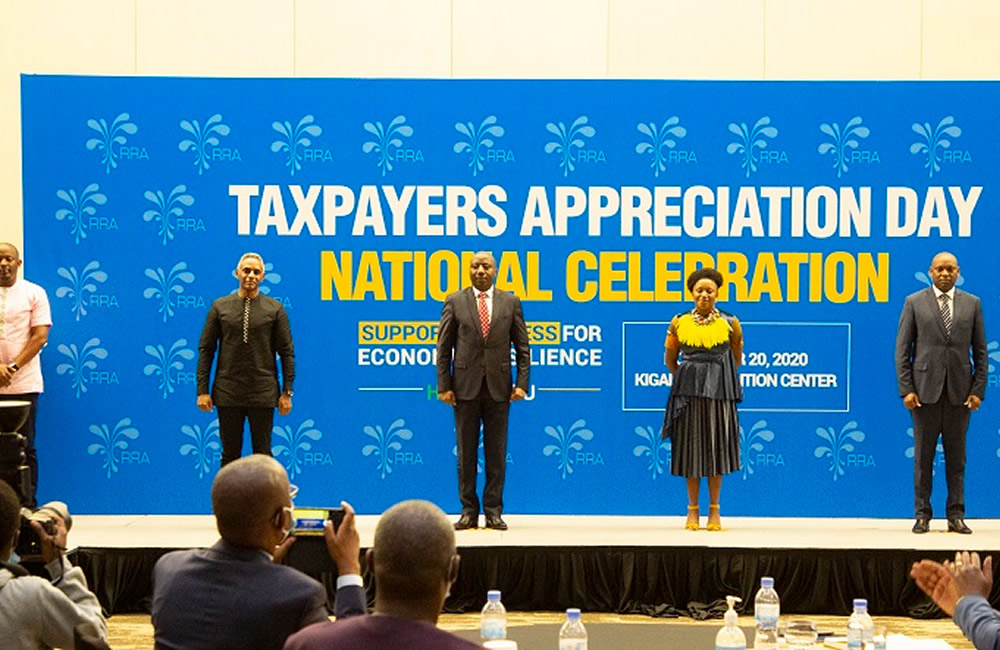
RRA to Hold Taxpayer’s Appreciation Day
Rwanda Revenue Authority will today hold the Taxpayer’s Appreciation Day 2016 in under the theme “Voluntary tax compliance, the pillar for self-reliance.”
The Taxpayer’s Appreciation Day, an annual event to show gratitude to compliant taxpayers and their contribution to the national development and economic growth, will be held in Huye district.
In the lead up to the national celebration, RRA has organized different activities across the country, including business dialogues in all provinces to gather ideas on how to increase the level of voluntary tax compliance, the challenges encountered, the need to build a strong partnership, behavior change as well as appreciation to the best taxpayers identified in provinces.
RRA targets Rwf 1,084.4 billion of revenue for the 2016/17 fiscal year, which accounts 55.6% of the national budget (Rwf 1,949.4 billion) of the same year.
Officials at the tax body say public-private partnership is essential to achieve the target and therefore answering the aspirations and national needs.
RRA has put in place several facilities aimed at increasing tax compliance, such as electronic declaration and payment of taxes as a way to save time for business operators. These ICT facilities include electronic filing (E-filing), mobile declaration (M-declaration), M-Payment, and the use of the MobiCash platform.
The electronic billing machines (EBM) lottery and awards have also been introduced to educate and motivate people on the value-added tax collection by asking for EBM receipts for their purchases.
In customs services, facilities like the Electronic Single Window, the Authorized Economic Operator program, and the Gold Card scheme are also available for business people to work with the tax and customs administration in a more conducive and friendly, cost- and time-efficient manner.
Read More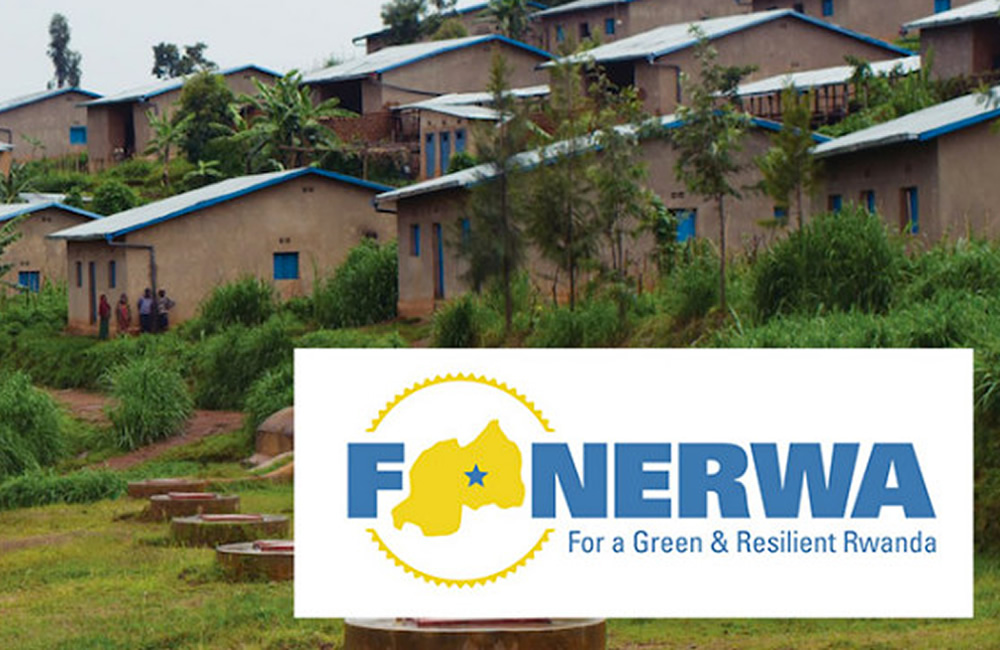
Rwanda to Set Up Climate Innovation Center
Rwanda Environment and Climate Fund (FONERWA) have started discussions to set up an innovation center and technical assistance facility to support government agencies to address climate change and environment issues.
Alex Mulisa, the Fonerwa coordinator, said the center will also provide support to new companies in green sectors.
“Green technical assistance must be made available to all so that policy makers and business leaders can make sound decisions”, he said, adding that the green fund has been providing technical assistance to all participants for investment funding. He explained that with the new center, this will be expanded to everyone – including the private sector – to achieve green growth goals.
Marcos Sampablo from the Carbon Trust said that beneficiaries of the facility are government institutions which need to put the environment at the heart of their work.
“When designing this facility, we need to consider the type of support to ensure that climate is at the heart of all policies”, he said.
Potential supporters of Rwanda’s future Climate Innovation center are government, private sector, multilaterals, donors and philanthropists.
Rwanda Green Fund has mobilized over $100m and is already investing in over 30 transformative climate resilience initiatives.
A 2008 study under EDPRS revealed that climate change affects national economy whereby the country loses 1% of GDP every year.
It requires between $50m-350m to mitigate and adapt to climate effects every year.
Read More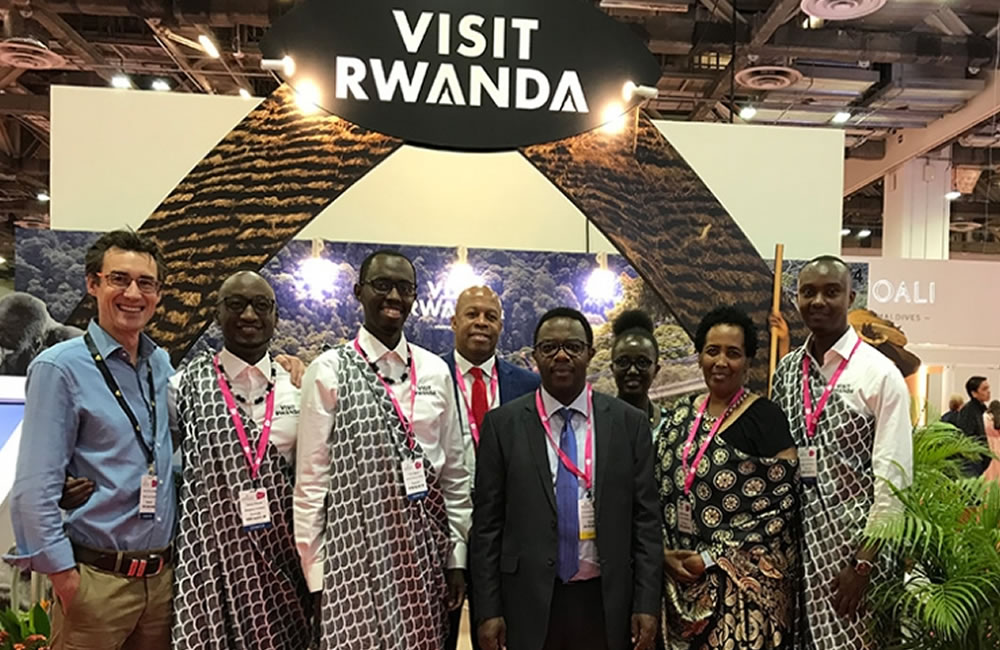
Rwanda Taps Asian Tourism Market
Rwanda’s foreign tourism growth shows that Rwanda is one of the most visited African countries by Asian tourists and fourteen thousand tourists visited Rwanda in 2015 a high population increase in just one year compared to four hundred tourists in 2014 according to Hindustan Times newspaper of India. The newspaper indicated that Rwanda was listed among the new countries that Indians are exploring each day for gorilla tracking tours and honeymoon holidays. Having an excellent travel conducive climate, favorable government travel policies and affordable tours contribute a lot to the momentous growth experience in Rwanda travel and tourism industry.
Besides the Rwanda Visa legislation is too flexible to most foreign nationals worldwide with an option of obtaining a tourist visa upon arrival at only $30. Also the launch of a single tourist visa for visitors to Uganda and Kenya which started in January 2014 attracts many tourists looking at a great wonderful Africa tour experience across the region. For those tourists who apply online, it’s easy because confirmation is received within 72 hours.
The conservation of mountain gorillas and other Rwanda attractions still draw many travelers to the country that comes to see and track gorillas in the wild. Famously known as the home for mountain gorillas, Rwanda offers exclusive gorilla tracking tours to travelers as its main tourist attraction in the region. Well planned annual gorilla naming events celebrated every year increase the conservation effort as well as boosting the tourism industry of the country. Kwita Izina gorilla naming ceremony presents the new generation of baby gorillas to the world and also ensures safety and contact monitoring of the gorillas being new members in the family of habituated gorilla families for tourists viewing daily. The habituated apes contribute a lot to the countries revenue thanks to Dian Fossey an American primatologist who worked tiresomely to conserve the endangered mountain gorillas which are now the main reason for 90% of both business and leisure travels to Rwanda. The rewarding mountain hikes and unique recorded bird species in different country corners make Rwanda settle for the best travel destination in Africa.
Kigali city the eye for all Rwanda international hotel chains offers fantastic hospitality services to all Rwanda travelers on short and long tours making them love Rwanda even more. The country capital has not only hotels but also part of the countries attractions, the genocide memorials, the main shopping centers and markets, bars& clubs, spas, art centers and gallery, cultural performance centers etc. Tourists like staying in sister hotels or chain hotels in every corner of the world because wish to have excellent same services of standard during tour holidays.
Examples of chain hotels in Kigali include Hilton, Sheraton, Marriot, Kempinski, Serena and many others are expected to emerge in other corners of the country soon. All travelers to Rwanda sleep comfortably at different hotels of their choice and budget leaving them to only discover the beautiful country up to the final day. Rwanda has other well facilitated lodges located next to different attractions especially the national parks which also cater for all travelers like Virunga lodge, Sabyinyo Silverback Lodge, Mountain Gorilla View Lodge, Nyungwe Forest Lodge, Nyungwe hotel, Muhabura Guest House, Kinigi Guest House, etc. However, there is much more to do and explore in Rwanda which one can’t miss out while in Africa.
Read More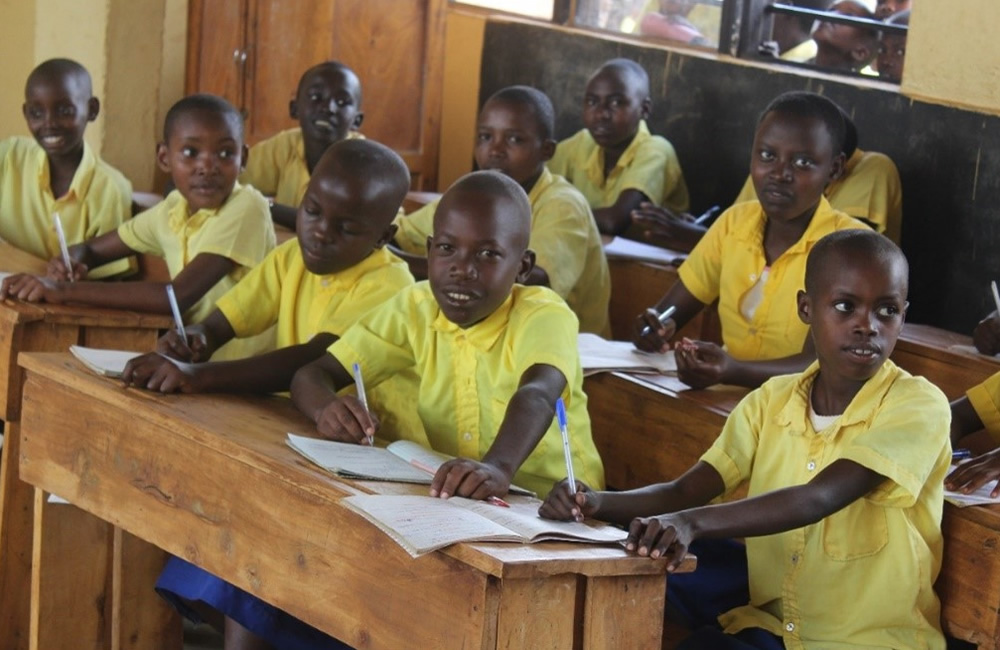
Student-Survivors Request for Aid to Pursue Master’s Degree
While the education program of the Genocide Survivors’ Assistance Fund (FARG) is supposed to come to a close in 2019, the association of university-graduate survivors (GARG) is appealing to the government to help them access master’s degrees. The students argue that the increasingly competitive work environment is not conducive to those with only a bachelor’s degree. Charles Habonimana, the president of GARG,is quick to stress that they highly appreciate the support they were given, as9,931 genocide survivors have completed their bachelors, but adds that joining master’s programs would make them more competitive at the labor market.
“I think that today the burden of supporting secondary school education is decreasing,so FARG could look into ways to support those who graduated in a bachelor’s program to continue with post graduate studies. Many of us are unemployed for a long time since a bachelor’s degree is insufficient, especially for those in law and medical studies,”Habonimana says. Jean de DieuMilindi, the president of the association of student-survivors(AERG),shares that view, and adds that those who complete technical and vocational education should also be supported to create their own jobs once they graduate.
Dr. Jean Pierre Dusingizemungu, the president of Ibuka,the umbrella organization for genocide survivors, for his part observes that if student-survivors can be helped to continue their studies up to postgraduate level, it will make it easier for them to become self-reliant and create an independent livelihood. Dusingizemungu further points out that there are also over 12,000 students who never got to university. Theophile Ruberangeyo, executive secretary of FARG, however argues that the Fund has still too many responsibilities with regards to secondary and university education which prevents it from taking charge of master’s degrees. “We still have around 6,000 students in secondary school, more than 8,000 waiting to join university and 18,539 at the university;this requires an enormous budget. So we can’t add post-graduate studies with our limited funding,” he remarks. Out of FARG’s budget, 70% goes to education support. It has so far spent Rwf 78.9 billion for secondary and Rwf 51.5 billion for university education.
Read More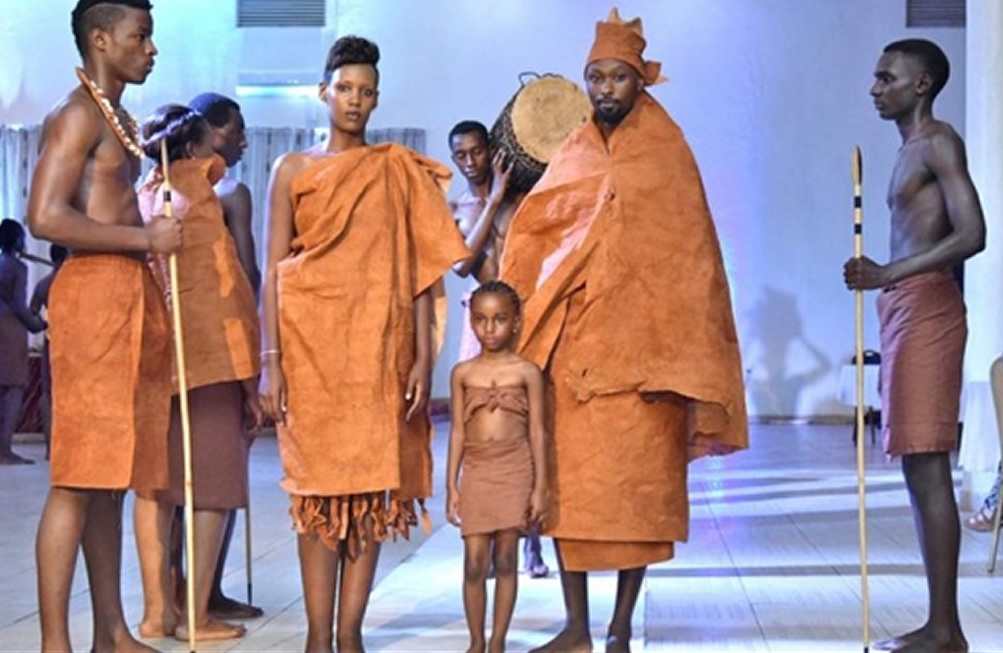
2016 Rwanda Cultural Fashion Show Casting Kicks Off
Rwandan and East African fashions designers will be selecting the finest fashion models during the casting slated for Sunday, April 24.
Rwanda Cultural Fashion Show organizer and founder, Celestin Ntawirema says fashion lovers should expect a lot as more exciting innovations will be showcased this time around.
“Fashion lovers are getting curious about the upcoming event… the way it is being prepared and the new selection techniques and that’s a good thing. The jury comprises of very talented and experienced members like Kenya’s Mercy Mokeila who has won several modeling prizes and so many others,” Celestin revealed.
He added that; “there are young people who love modeling but don’t know much about the fashion industry. Once they show their talent in modeling, we will train them and make them professional models. We want super models to play a big part in fashion promotions.” The fashion casting on Sunday will decide who will be working with Rwanda and East African designers. Selected models will be presented at the big event on September 24.
Read More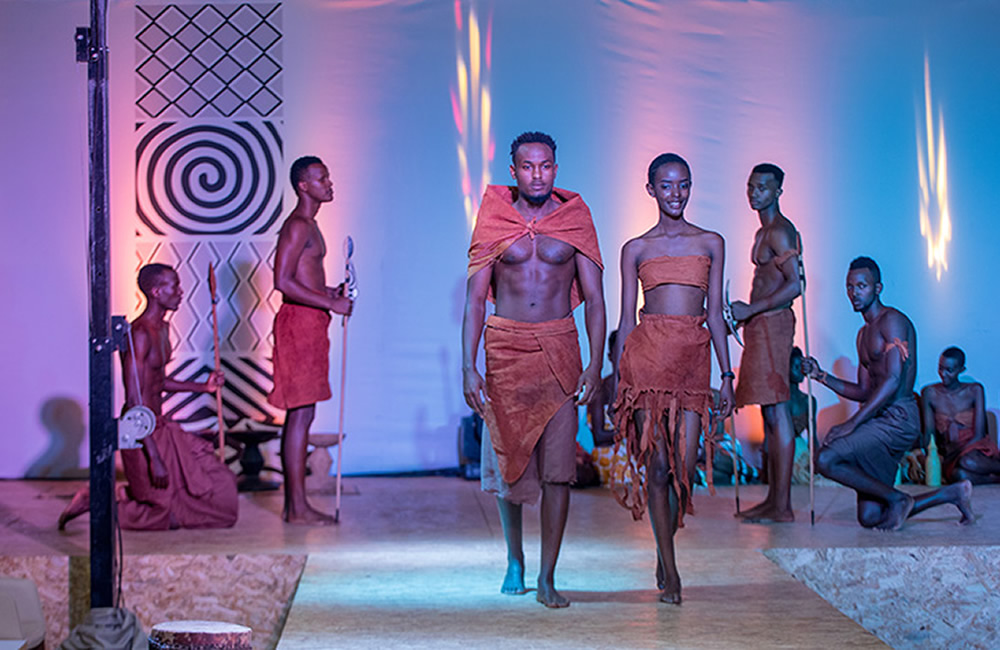
Fashion Show to Promote Rwandan Culture
Rwanda’s two leading fashion houses signed a Memorandum of Understanding at the beginning of the year that saw them conduct joint fashion shows. The Rwanda Cultural Fashion Show and Kigali Fashion Week now organise and host fashion shows together but each focuses on its own specialty; that is contemporary designs in vogue and promotion of Rwandan culture respectively.
This year’s edition scheduled for Saturday 26 will see 10 designers, among them seven local designers and three international ones showcase their unique designs. The international designers who will feature include Alice Anny Akingabiye of Agency Umuringa from Burundi, Annesophie Achera from Kenya and Ghana’s Uwase Fathia.
The fashion show’s concept of promoting locally made clothing outfits and hair dressing styles to reflect Rwandan culture has motivated many young designers and enabled them stand out, despite the busy industry.
For the second time, 25-year-old Augustin Hakizimana is one of the designers who will showcase his products. He came on board last year, will showcase unique ancient Rwandan clothing designs from 1950 to 1962.
Last year’s show featured a trend of clothing designs from local designers with an aim of promoting Rwandan arts through creativity and Kitenge fabric was showcased by most designers among modern clothes.
Read More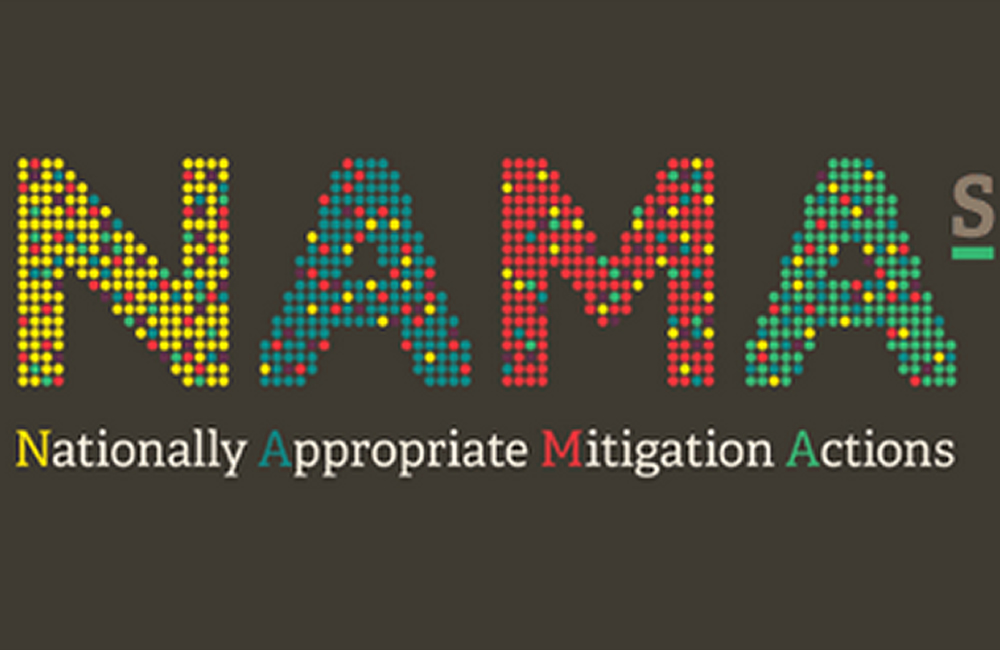
Rwanda Hosts Regional Workshop on Climate Change Mitigation
The Ministry of Natural Resources is hosting a 3-day workshop on the regional United Nations Framework Convention on Climate Change (UNFCCC) focusing on nationally appropriate mitigation actions (NAMAs).
The workshop meeting that was co-organized by UNFCCC Secretariat has attracted over 70 climate change experts and participants from Africa.
“This meeting is an opportunity for Rwanda to build networks with experienced international organizations, share our experience with other countries and learn from the best practices for further implementation of mitigation actions for climate change,” said Minister of Natural Resources Vicent Biruta.
“The meeting is also an opportunity to build capacity for the public and private entities and individuals on the various aspects and benefits of NAMAs”, he noted.
Rwanda was chosen to host the meeting because it has taken a proactive approach in mainstreaming climate change in its long term national development strategy and its efforts in environment protection and climate change mitigation.
The workshop aims to strengthen the use of NAMAs as a tool for pre-2020 and post-2020 climate change action. Regional mitigation experts and the private sector will discuss designing and implementing NAMAs, support programs, and participants will share experiences, lessons learned and best practices.
Discussions will focus on challenges and issues faced financial engineering and investment strategies for leveraging multi-source financing, measurement, reporting and verification, sustainable development co-benefits, and the NAMA registry.
Read More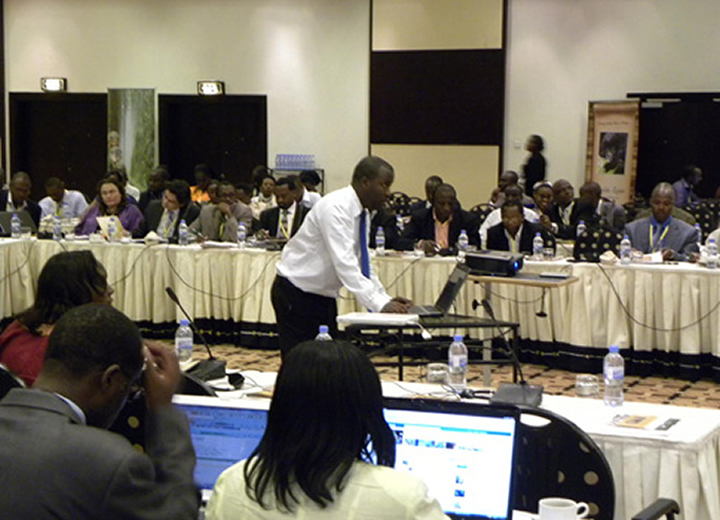
18 Baby Mountain Gorillas Named at 2015 Kwita Izina
Recently Rwandans celebrated the birth of 18 baby gorillas at the 10th anniversary of Kwita Izina, the naming ceremony of these rare mountain gorillas took place on July 3rd 2015 at the slopes of Virunga mountains at Kinigi in the north western part of Rwanda. More than 40,000 residents from Musanze and all over Rwanda and visitors from the entire world attended the ceremony. Every year Rwanda organize this event as a way of naming new born mountain gorillas and also to promoted tourism and this year’s Kwita Izina was held under the theme: “A Decade: Conserving-Empowering-Growing.”
As he was speaking, Ambassador Valentine Rugwabiza of Rwanda Development Board (RDB)’ CEO said: “this is the 10th time as we celebrate, the growth of the gorilla family by naming 18 baby gorillas born over the last year this is a very big number as compared to previous years, bringing the total population of these rare species to over 600 individuals in the Virunga mountains.” He added by thanking the good collaboration by the government of Rwanda, the local community neighboring the Volcanoes National Park and conservation partners that are the key people in the increase of these endangered mountain gorillas.
In a special way Rugwabiza thanked the local communities in the sustained conservation of this Volcanoes National Park Rwanda especially the protection of the gorillas and their habitat without their effort to stop poaching activities gorillas would be no more in the volcanoes tropical forest.
Various activities were organized to mark the 10th Kwita Izina ceremony including conservation, business, cultural and entertainment that led up to the big day. There was also the launch of Basumba Primary School in Bigogwe, Nyabihu District in the northern part of Rwanda. The school was constructed by the local community surrounding the park from the shared revenue scheme which gives 5% of tourism profits from the national park to the local community and the school contains six classrooms.
Craig Sholley the Vice president of philanthropy and marketing for the African Wildlife Foundation (AWF) was invited on behalf of (AWF) to vote on the gorilla names, during his speech he said “You cannot succeed in conserving these critically endangered species without the collaboration and support of the people who live closest to them, without their effort the life of these mountain gorillas is in danger. “The Kwita Izina ceremony shows that, from the government to the local communities, protection of mountain gorillas stems from a sense of duty and a source of pride,” he said.
About 120 local and international tour operators was part of the ceremony and they came to experience Rwanda and took park in business-to-business meetings organized with Rwanda Air. Also the Kwita Izina guests joined in Global Umuganda (community work) in Nyamata. They also partook in the Igitaramo, a community celebration with residents in Kinigi, Musanze district at which local artist Jay Polly performed. In the past nine years since the event was established, 161 gorillas have been named in a celebration of nature and the communities who protect the majestic mountain gorilla.
Read More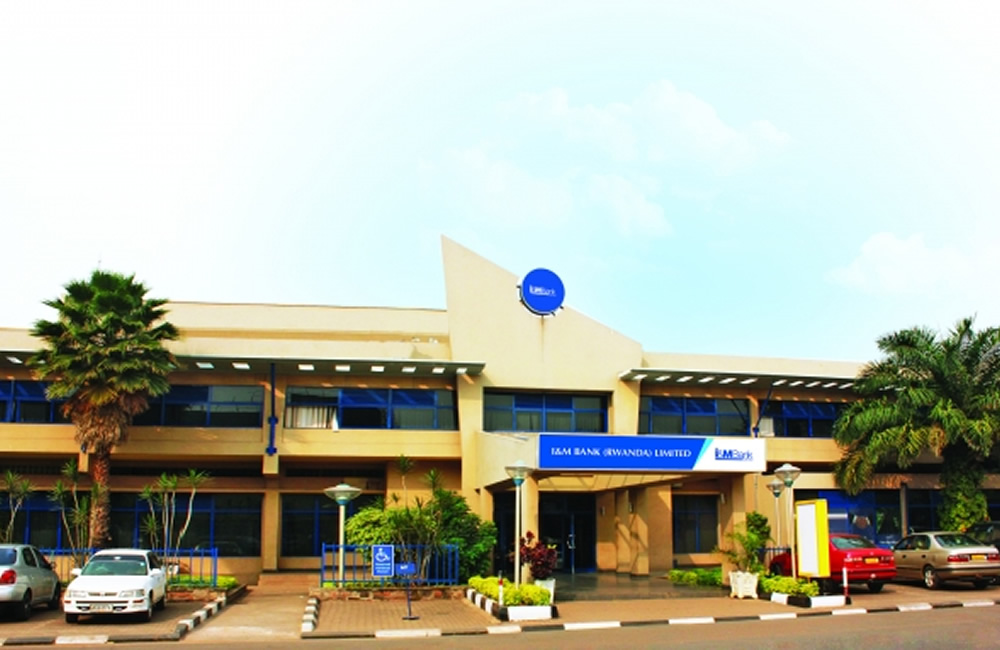
Business Development Centers to Help in Access to Credit
The Business Development Fund (BDF) is planning to open all its Business Development Centers (BDCs) before the end of March, its CEO Innocent Bulindi has told The Rwanda Focus.
17 BDCs are already operational, while the refurbishment of 13 others is in the final stages..
“BDCs play a significant role in offering a lot of business advice to small business operators and working with the local authorities towards the promotion of business development and entrepreneurship,” Bulindi said.
The BDCs will also act as branches of BDF, which has so far been working with business development advisers and entrepreneurship development advisers in the districts, mainly to help entrepreneurs to acquire loans.
He said that BDF’s head office provides financial services to small businesses like credit guarantees for commercial banks, whereas BDCs work with Savings and Credit Cooperatives (SACCOs) at the district level to provide loans to business operators.
“One of the key challenges that small businesses face is the cumbersome loan application process, so we help them in fine-tuning their business plans before they go to the banks.”
Bulindi explained that small business operators who seek for financial support can submit their proposals at BDCs, which help them in appraising their business plans and then BDCs give their recommendations to BDF for approval.
“Access to finance is a broad word, our responsibility as BDF is to address various challenges of small businesses like failing to fulfill the collateral requirements from the banks, because if you want to borrow from a bank, there are certain conditions,” Bulindi said.
He said that there are over 10,000 people who currently using BDCs.
When it comes to getting access to loans, one of the main obstacles for small businesses has always been the condition of collateral which acts as a security for the bank, yet many SMEs do not have any substantial assets. That is where BDF comes in, as it can provide part of the guarantee required to obtain a bank loan.
According to Bulindi, high interest rates constitute another obstacle for small businesses, and here too BDF gives grants to pay a portion of their loans in the form of an investment.
Investing in agriculture
Before anything else, however, a loan applicant requires a good dossier to convince a bank of his capacity to pay back, and here too BDF and the BDCs offer assistance.
“One of the key challenges that small businesses face is the cumbersome loan application process, so we help them in fine-tuning their business plans before they go to the banks,” Bulindi said.
Another aspect of BDF’s activities is to encourage banks to extend credit to sectors they use to avoid, such as agriculture, which is seen as a high-risk sector since a lot depends on climatic conditions which can be unpredictable. Therefore, BDF has a special program for projects in agriculture where it pays part of the requested loan.
The Fund also provides loans to SACCOs to enable them to give out more loans and to improve their liquidity.
Not free of charge
Bulundi says one of the challenges BDF still faces is that people perceive them as an instrument of the government that provides assistance and money free of charge, yet they are running as an enterprise.
“Even if we offer guarantees to the businesses which apply for loans in banks, we need to look at it in a holistic way by bringing on board the business players, the government, the private sector and banks in order to help businesses to get loans at affordable interest rates,” Bulindi pointed out.
He added that the first thing is to help business operators seeking for financial support to always have viable business plans, as well as sufficient financial knowledge.
“It is imperative for the business operators to always have a viable business proposition and to have an efficient business model to make you succeed in your activities,” Bulindi said.
Read More